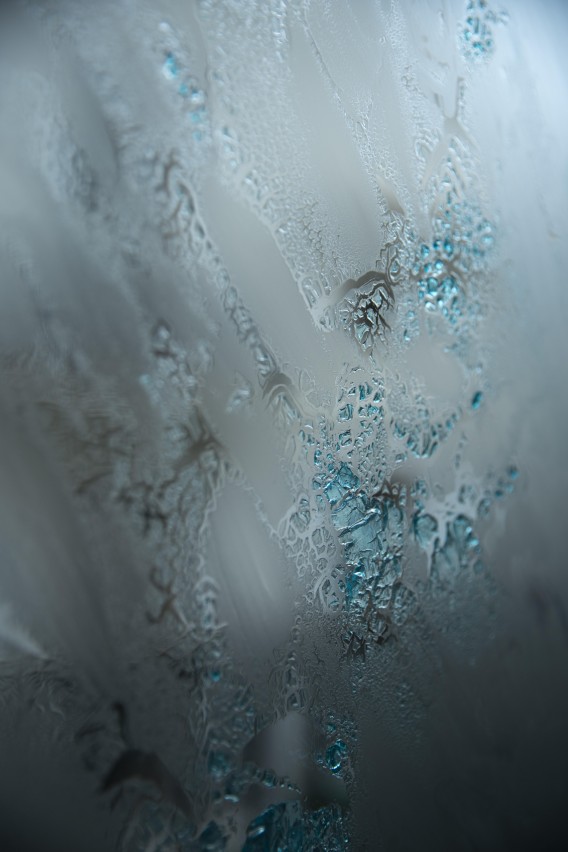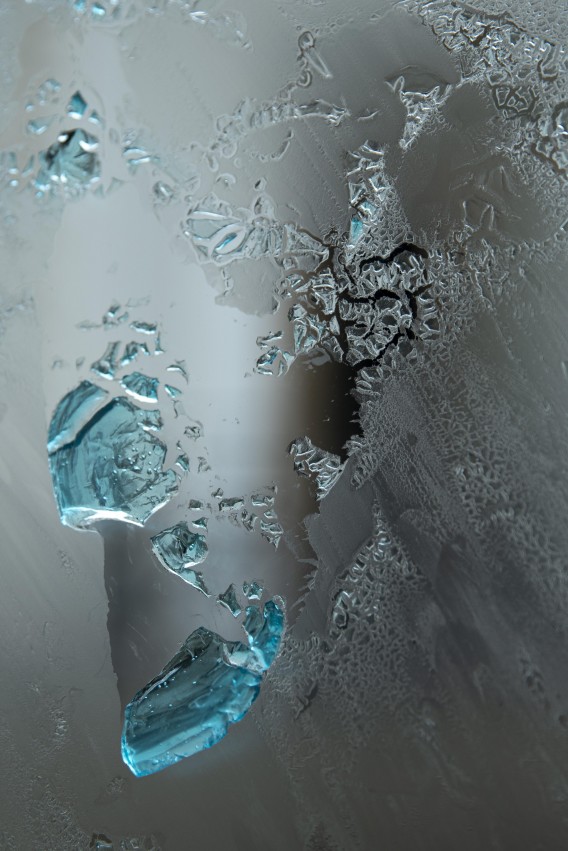Global capitalism and the fourth phase of the industrial revolution seem to have thrown us into an increasingly technocentric conception of our physicality: body-building, superfoods, surgery, piercings, makeup tutorials, video filters… More or less technological body modifications that most of the time are projected through the meta-audiovisual prism of social networks.
From this context, the artist M Reme Silvestre intervenes in the La Posta Foundation space, continuing a line of work in which she reflects on the relationship between synthetic materials for body use and the physicality of the human body. Silvestre decontextualizes the product for sanitary use to turn it into a material for visual communication and an artistic object in itself, starting from a latent biographical component to violently confront us with what self-proclaimed liberal thinking makes us understand as healthy living.
The ephemeral intervention Do you know how to dispose of a body? It builds, far beyond the visual discourse, an encapsulated atmosphere that emanates from the crystals and floods the room, penetrating our body. The artist molds a formless mass of ultrasound gel and menthol glass, releasing its perfume to permeate the space and bring our memory into play.
Silvestre completes this site-specific composition by distributing artistic objects around the room, exploring new corners where she continues her discourse in search of a certain dose of intimacy, fleeing from the showcase to invite the viewer to find a kind of transcript of prosthetics or bodily residue. Some objects that once again produce a cognitive dissonance between the disgusting and the disturbingly attractive, because after all it reminds us of our bodies, our physicality and what we use to beautify it, to improve it, to protect ourselves.
The work of M Reme Silvestre (Monòver, 1992) extends around the notions of body (human and non-human), efficiency, desire and control; and it can be found in collections such as that of the Generalitat Valenciana, DKV or the Inca City Council. It has been a finalist for the Miquel Casablancas Award 2020 and 2017 and only in the last two years has it been able to develop projects at Centro Centro–Palacio de Cibeles (Madrid), Blue Project Foundation (Barcelona), Luis Adelantado gallery (Valencia), BOX27–Casal Solleric (Palma de Mallorca) and Centre del Carme Cultura Contemporània (Valencia). She is also part of the editorial team of the art magazine Papel Engomado and lives in a space in the Ruzafa neighborhood together with eleven other agents of the local cultural network.




